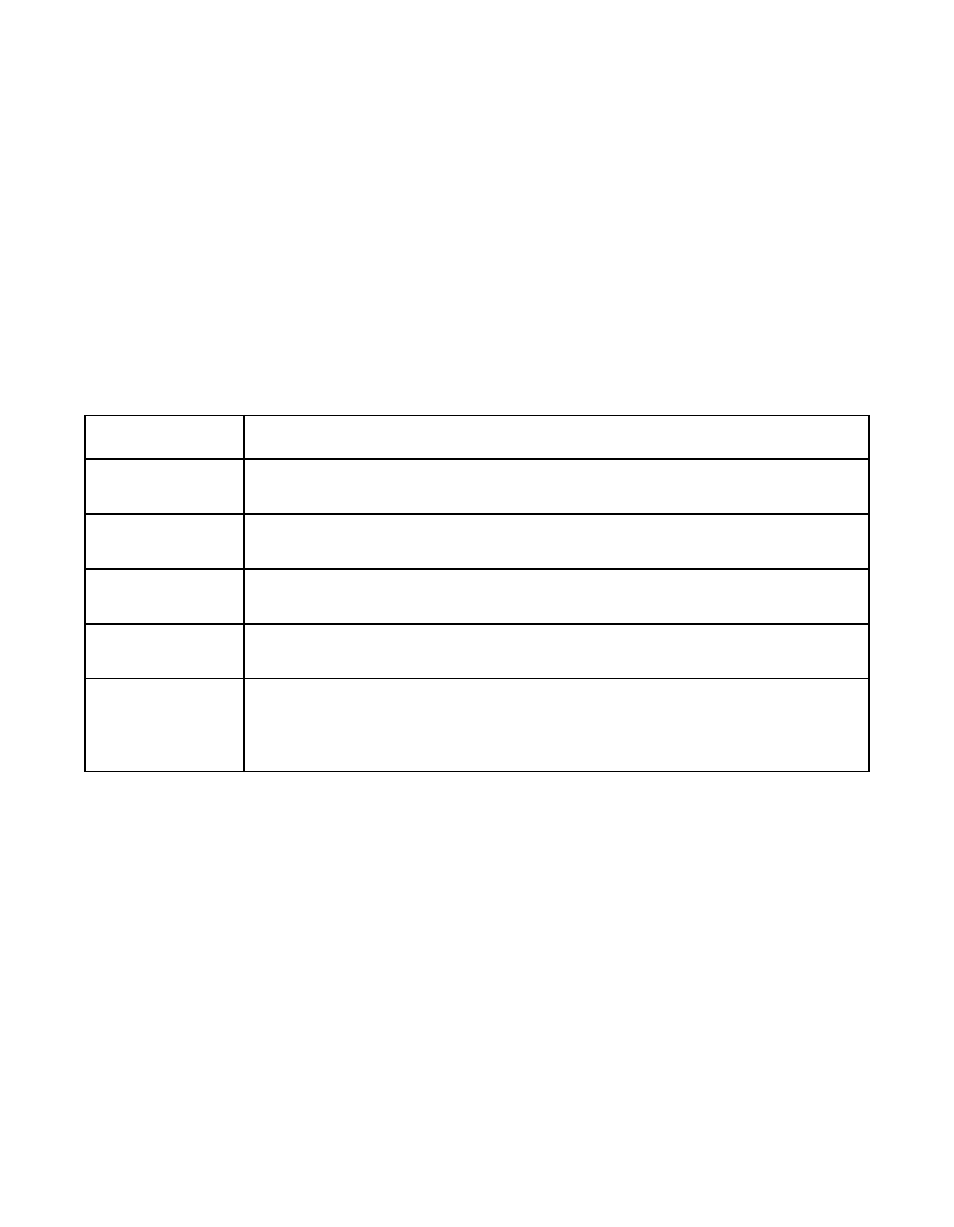Table 2.5 differential mode, Differential mode – Avago Technologies LSI8751D User Manual
Page 44

2-20
Functional Description
2.5.9.1 Differential Mode
In differential mode, the SDIR[15:0], SDIRP[1:0], IGS, TGS, RSTDIR,
BSYDIR, and SELDIR signals control the direction of external differential
pair transceivers. The LSI53C875 is placed in differential mode by setting
the DIF bit, bit 5 of the
register (0x4E). Setting
this bit 3-states the BSY/, SEL/, and RST/ pads so they can be used as
pure input pins. In addition to the standard SCSI lines, the following
signals defined in
are used during differential operation by the
LSI53C875:
See
for an example differential wiring diagram, in which the
LSI53C875 is connected to the Texas Instruments SN75976A differential
transceiver. The recommended value of the pull-up resistor on the REQ/,
ACK/, MSG/, C/D/, I/O/, ATN/, SD[7:0]/, and SDP0/ lines is 680
Ω
when
the Active Negation portion of TolerANT technology is not enabled.
When Active Negation is enabled, the recommended resistor value on
the REQ/, ACK/, SD[7:0]/, and SDP0/ signals is 1.5 k
Ω
. The electrical
characteristics of these pins change when Active Negation is enabled,
permitting a higher resistor value.
Table 2.5
Differential Mode
Signal
Function
BSYDIR, SELDIR,
RSTDIR
Active HIGH signals used to enable the differential drivers as outputs for SCSI
signals BSY/, SEL/, and RST/, respectively.
SDIR[15:0],
SDIRP[1:0]
Active HIGH signals used to control direction of the differential drivers for SCSI
data and parity lines, respectively.
IGS
Active HIGH signal used to control direction of the differential driver for initiator
group signals ATN/ and ACK/.
TGS
Active HIGH signal used to control direction of the differential drivers for target
group signals MSG/, C/D/, I/O/, and REQ/.
DIFFSENS
Input to the LSI53C875 used to detect the presence of a SE device on a
differential system. If a logical zero is detected on this pin, then it is assumed
that an SE device is on the bus and all SCSI outputs will be 3-stated to avoid
damage to the transceiver.
